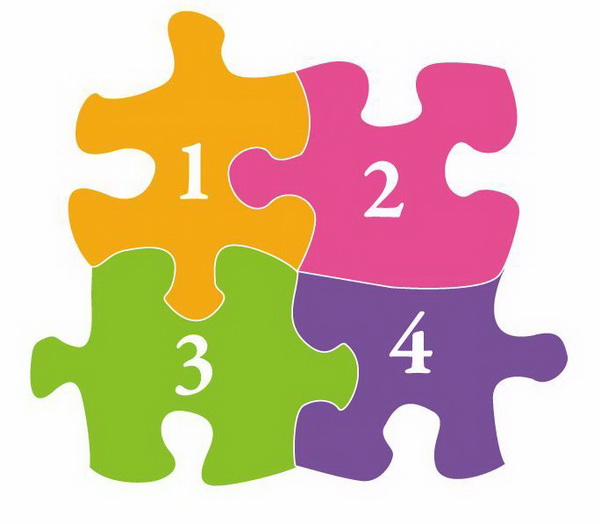It is always very good to hold someone or something responsible for your own troubles. For example, an embroiderer may say that he or she achieved a low quality result because of incorrect digitizing, and a digitizer, in his turn, may blame the embroiderer. In my opinion, in cases like it is only reasonable to share responsibility and figure out what happened and why. At times, however, it is not so easy.

I will start with the problem I've already referred to — thread breakage. In addition to what has been written before, I want to say that if thread breakage occurs all the time, and in all parts of the design, the machine is most likely responsible. But if thread breaks at one particular point, this is a sure sign of a digitizing mistake.
If you suspect the design to be the cause, but it is not possible to edit it quickly, you may verify your suspicions in the following way: load the design into the machine once again, increase its size by 3-5% right there on the screen, and try to embroider again. If thread breakage decreases, you'll have to change the design. I got this advice from Stephen Batts. And I think that his opinion is worth considering.
In order to find who's responsible for the unintentional gaps between the objects and in case you don't know whether the file is correct, rotate it at 90° and embroider again under the same conditions (positioning, stabilizers, needles, threads etc.). If the gap is still present, it is a digitizing mistake. One should not forget the importance of a rightly chosen stabilizer and correct hooping, which also may be the reasons for presence or absence of this defect.
If the outline does not land where it should, and its look varies on different samples, the insufficient stabilization may be the probable cause. In order to check if this is true, you can use a rather well-know technique — put a piece of stabilizer right under the hoop and see if that helps.
For example, in these days I often see how a straight stitch border unalterably encroaches on the design from the right and above, and unalterably makes a gap on the left and the bottom sides. Stabilizer are can't help this problem. This only means that it's time for me to check the tension of the driver belts on my embroidery machine.
I've also seen the following machine defect: I digitized and embroidered a simple rectangular satin stitch border 5 or 6 mm wide. The resulting square inevitably looked awful: horizontal sides were of normal width, whereas the vertical ones turned out to be 1-1.5 mm wider than planned. If I'm not mistaken, Pantograf was the reason. In order to correct this visual defect I had to artificially distort satin columns in the editor, make them wider so that the border looked the way it should.
As a matter of fact, if you have doubts both in the hardware and software, you should always have a test design at hand of which you are sure. Thus whenever you have any doubts, you may embroider it and everything will become clear. A so-to-speak express-method for finding the cause of the trouble.
Original text by: Marina Belova



There are no reviews to display.